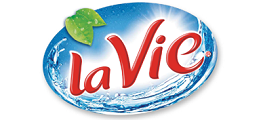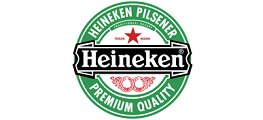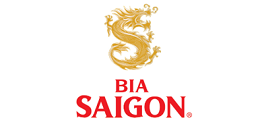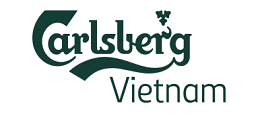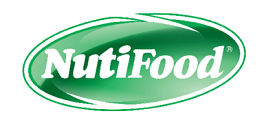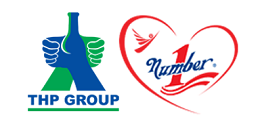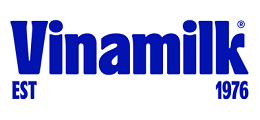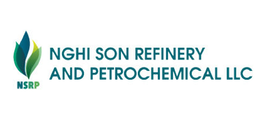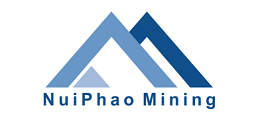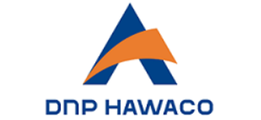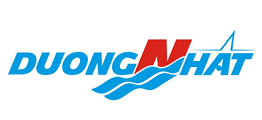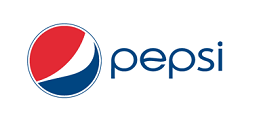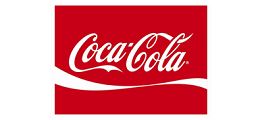The main task when it comes to brackish and desalted desalination is to significantly reduce salt intake. Water with a salt concentration of more than 1,500 - 2,000mg / l will have an irritating taste and cannot be used as drinking water. This water is also not suitable for use as domestic water or for irrigation. Salt content of brackish water is 2,000 to 10,000 mg / l and sea water is over 35,000 mg / l. According to the recommendations of the WHO, the maximum salt concentration in drinking water is 500 mg / l, i.e. This means reducing the amount of salt in brackish water and salt water by 75% -99%, depending on raw water quality.
This can be easily achieved with reverse osmosis equipment using appropriate filters. Requirements for this type of device are:
Reduce the appropriate amount of salt
Prevention of chemical and biological deposits of sediments on the membrane
Maximum efficiency, small amount of wastewater
Minimum power consumption, low operating costs
Reliable, continuous life cycle and easy to use
Ensure the production water is hygienic and potable
Procedure
Choose and design the right membrane filtration device based on prior water testing, supported by modern design software and long-standing design experience
Select the appropriate pretreatment process: Depending on the raw water (eg river water or sea water), the use of different methods is necessary. If the water contains organic, inorganic and biological substances, it will leave sediment on the membrane and greatly reduce the performance of the device. Typical problems are oil, humine, Fe / Mn, CaCO3, SiO2, algae, / bacteria ... As a rule, the above substances are removed or maintained at a stable level through a combination of Oxidation / sterilization, flocculation, sedimentation, filtration, adsorption and stabilization prior to membrane arrival.
Find the best way to use, so that the sediment is no longer attached to the membrane, on the other hand, so that the amount of water used is minimal.
Choose a booster pump with maximum efficiency. When treating seawater, it is necessary to choose an additional energy recovery system. Today, efficient systems that use pressure transducers, help reduce the energy consumption of reverse osmosis units when desalinating seawater to below 3 kWh / m3 in drinking water production.
The selection of quality equipment, long life cycles and intelligent control systems make operation control easier for the operator.
Select suitable secondary treatment method for finished water in reverse osmosis equipment. Due to the reverse osmosis process, the pH value is usually below the WHO recommended level of 6.5 to 8.5. The pH value must be raised by quantifying the appropriate alkali or filtering through the calcite / dolomite material. The selection of the appropriate treatment process also protects the customer's piping system from corrosion. The finished water is then disinfected so that the water when coming out of the hose is guaranteed to be clean. In order to achieve a long lasting disinfection effect, usually javel chlorine is added.
Fulfilling the above requirements by searching and selecting suitable methods and equipment to help the desalination system operate smoothly is the daily work of the engineers at ProMinent.






